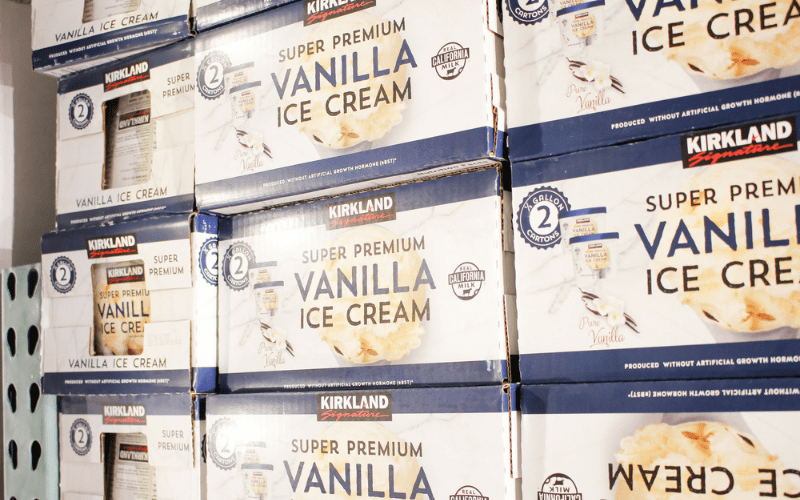The Private Label Pivot — More Headaches for Category Planners
In just the few weeks since writing my last blog on inflation, the U.S. consumer price index (CPI) has jumped from a 12-month average of 7.5% up to 7.9%, with food-at-home reaching 8.6%. It’s the largest increase for at-home food in 40 years, as if you didn’t already feel this pinch the last few times you did your grocery shopping. We have a big family, so we eat at home a lot and buy a lot of groceries. I have definitely noticed my purchases are getting more expensive, so it’s about time to make some changes to get our grocery budget back on track.
I’m not the only one. To combat rising grocery bills, many customers are switching out national brands to private label items. For those of you who might not know, private labels are items produced by a third party and sold under a retailer’s own name or brand instead of being produced and sold from a national brand, such as Proctor & Gamble or Kellogg’s. Private labels can also be referred to as “generic” or “store brand” products. Private label isn’t new, in fact, high inflation in the 1970s was one of the drivers that launched the concept. Today, private label is big business. Costco’s Kirkland Signature branded items accounted for a whopping 31% of their total revenues in 2021. In general, store brands for consumer packaged goods tend to make up approximately 20% market share.
Coming out of the initial phase of the COVID-19 pandemic, private label sales saw an overall decline while demand for national brands increased 4.5%. The combination of pent-up demand, extra disposable income and a hot economy led to customers choosing to pay higher prices for branded products. It’s not surprising that today’s record CPI is causing shoppers to reconsider their buying habits and turn back toward private label. Why? We all have to eat, of course. Our household is filled with growing teenagers, so we can’t cut back on the quantity of what we buy. We just need to continue buying more for less money. With private label saving 10–30% over national brands, that’s where we’re going to start.
What does this have to do with category managers? Over the next few months, we’re likely to see a significant swing in buying behavior away from national brands and toward generics. A recent study found 49% to 60% of customers would switch to lower-priced brands to manage inflation. Without the ability to adjust quickly to these changes, retailers will be left with out-of-stock generic items while being overstocked in national brands. Increased demand for generics requires additional product facings, and that extra space needs to come from somewhere. How do retailers know which products to pull to yield the best results? Blue Yonder’s category management capabilities help retailers quickly assess their current assortment plans and reallocate space in an automated way so changes can be easily implemented at store level.
The magnitude of the demand shift will undoubtedly vary across categories. National brand cereals tend to have higher brand loyalty, with less than 16% of shoppers regularly buying private label. Conversely, paper products and dairy items tend to be popular private label categories. It’s important to understand the details to make the proper adjustments. Cheese items may require both new assortment and space plans while kids’ cereals might only require a minor space adjustment. Continuous monitoring of store/SKU performance with predefined KPI reporting helps retailers quickly identify assortment and space plan opportunities to make focused adjustments that yield immediate results. Blue Yonder’s planogram automation helps retailers build new planograms at scale, with minimal resources required so that changes aren’t disruptive to store operations.
No matter how far this demand trend turns toward private label, it’s unlikely to be permanent. All trends change with time, so it’s not enough to assume buying behavior today will predict buying behavior tomorrow. If inflation pressures fall or if the price difference between branded and generic products falls, customers will likely turn back to national brands. The trick for category managers is to identify this trend and respond faster than the competition to maximize revenue and profit opportunities. Blue Yonder can help retailers achieve smarter category management, no matter how things are trending.

